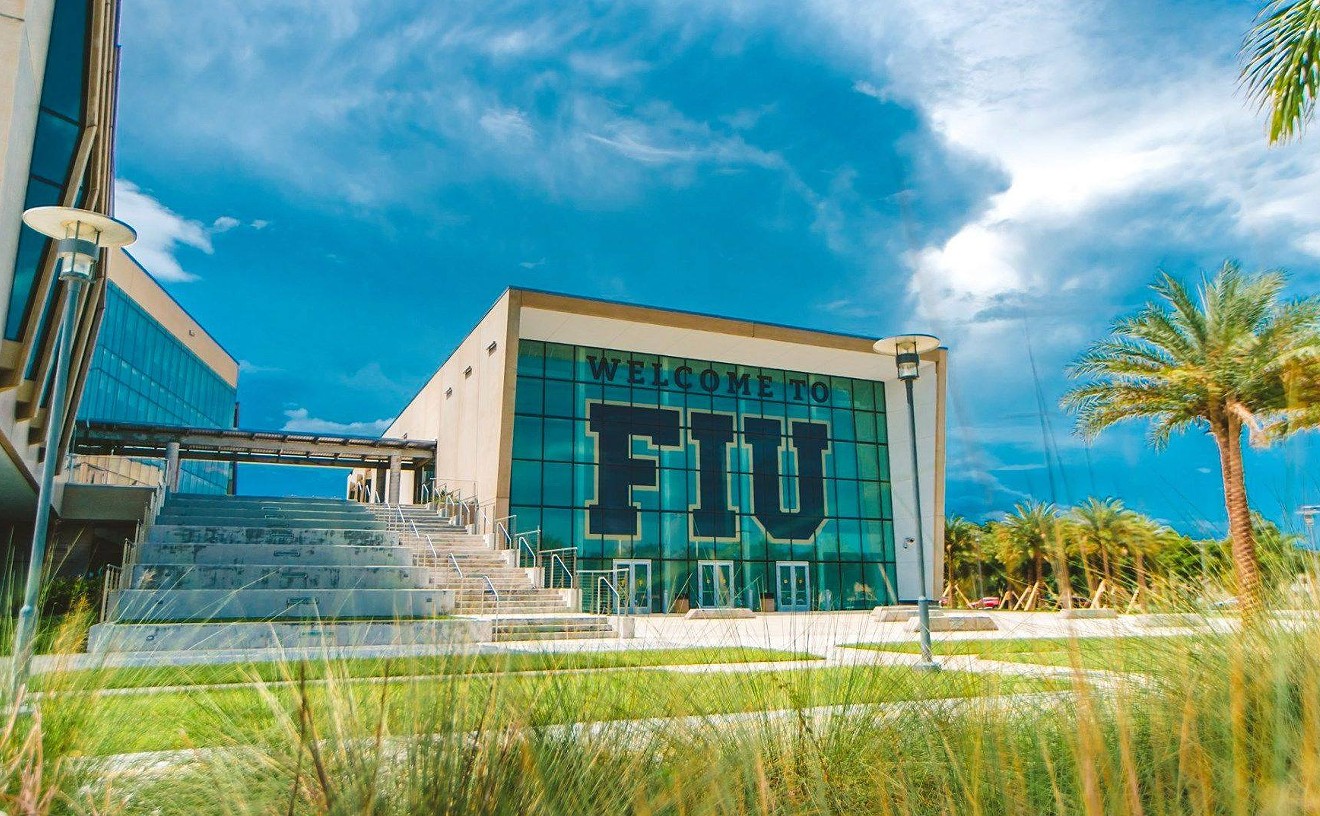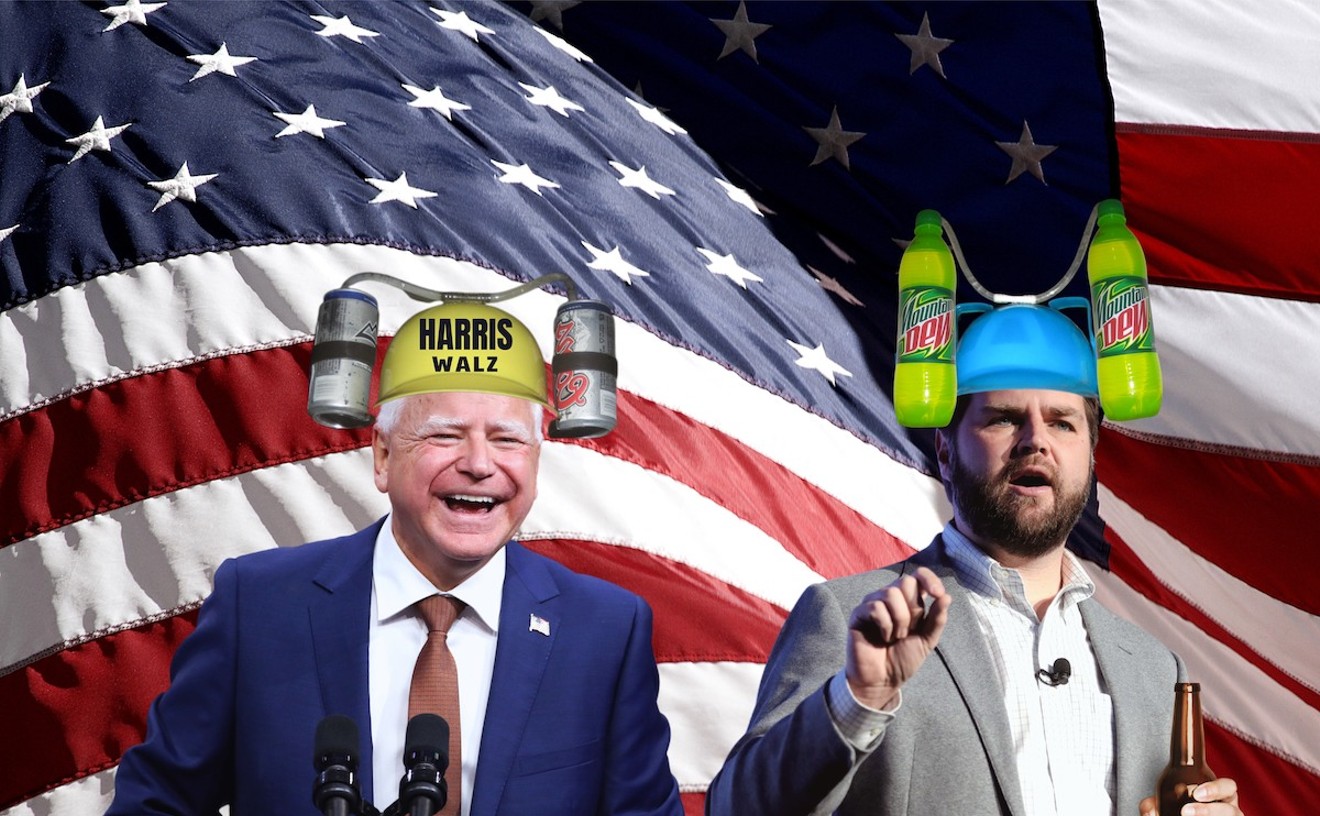Around Miami, king tides serve as a periodic visible reminder that climate change and sea-level rise are here, and they're not going away anytime soon.
What Exactly Is a King Tide?
A king tide happens when the Earth, sun, and moon align in a way that causes their combined gravitational forces to pull slightly harder on our oceans. This creates tidal ranges that are more extreme than usual.The king tides typically occur when the moon is closest to the Earth, during its new and full phases. This gravitational alignment amplifies the usual tidal patterns, leading to higher-than-normal water levels — often referred to as "sunny-day flooding" because the streets can flood even in clear weather.
Meteorologist Brian McNoldy, a senior research associate at the University of Miami and a hurricane and climate expert, notes that these tides are strongest during the autumn months.
"We refer to 'king tide season,' broadly, as when the highest tides of the year tend to occur."
For Miami, which already sits close to sea level, this means predictable headaches for residents, from flooded streets and sidewalks to rising water levels creeping into homes, parking lots, and high-rises. While king tides have always been a natural phenomenon, their impact is increasing owing to sea-level rise caused by climate change.
What Causes a King Tide?
King tides are triggered by the position of the moon in relation to the Earth. When the moon is at its closest point to the Earth, known as perigee, its gravitational pull is stronger. Combine that with the gravitational pull of the sun during a new or full moon, and you get extreme high tides, AKA king tides."The natural increase in water level this time of year is related to climatological ocean temperatures, atmospheric surface pressure, and wind patterns," McNoldy elaborates. "Also superimposed on the fall hump are the full and new moons that cause higher tides throughout the year."
So the ocean "bulges" more than usual at high tide, causing water to flood low-lying areas.
While king tides aren't directly caused by climate change, rising sea levels incrementally make the flooding more severe and noticeable each year.
When Do King Tides Occur in South Florida?
King tides typically affect South Florida in the fall, with Miami usually seeing its highest tides between September and November. These tides occur annually and are predictable, giving residents and city planners a heads-up to prepare for potential flooding."King tides will almost certainly occur around every full and new moon during these fall months, some bigger than others," McNoldy says.
How Long Does a King Tide Last?
King tide flooding usually lasts for about three hours at a time. Peak flooding occurs for roughly 1.5 hours before and after the highest tide of the day.If you live in a flood-prone neighborhood, it's a good idea to check local tidal forecasts and plan accordingly, especially during the fall months.
Why Should You Care?
While king tides may seem like just a seasonal inconvenience, they're an important indicator of what's to come for Miami as sea levels continue to rise. As climate change pushes our oceans higher, king tides cause more frequent and severe flooding.For now, they offer a glimpse into a future when sunny-day flooding might be the norm rather than the exception. They're a reminder that our city is on the front lines of climate change, which, undeniably, is happening now.














